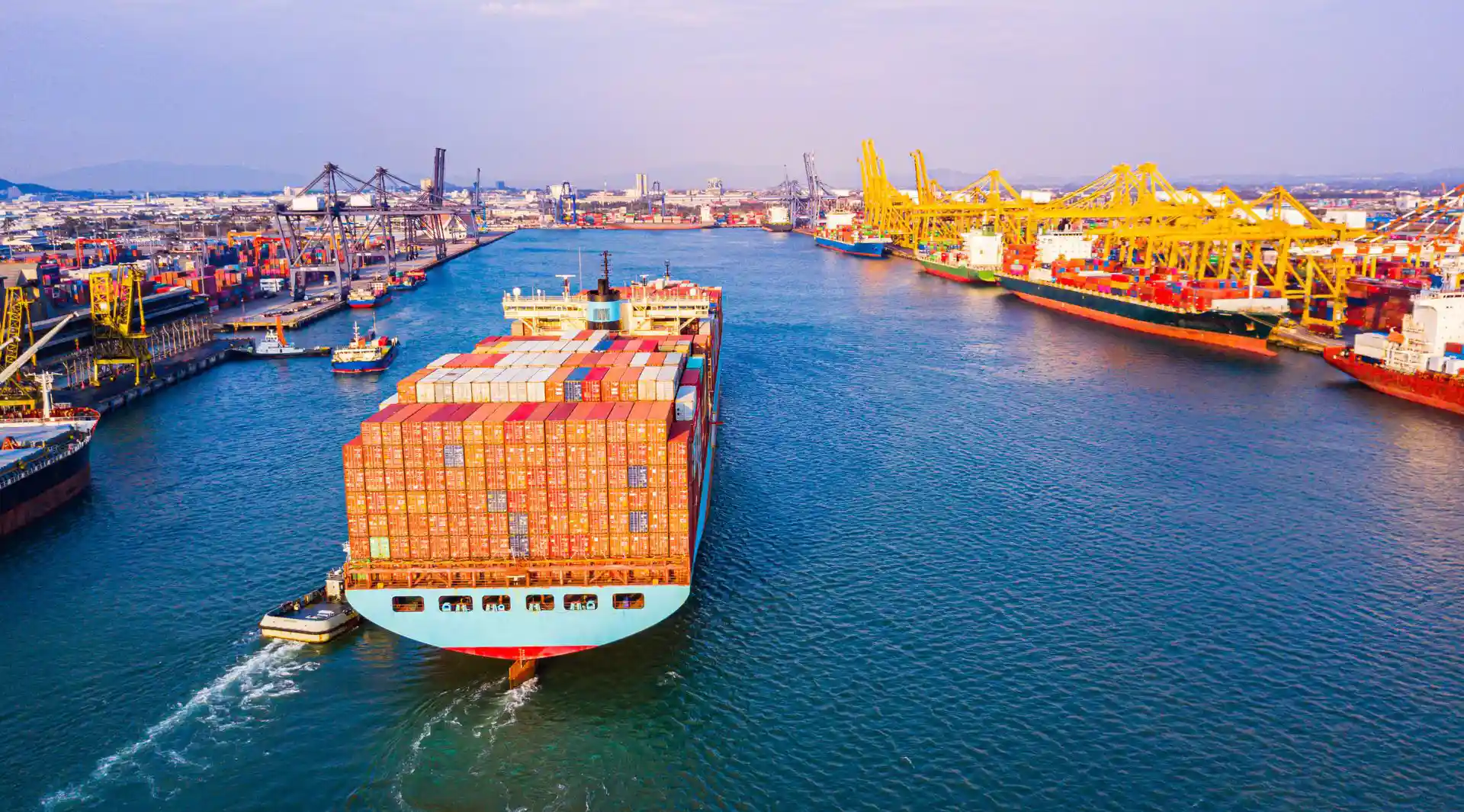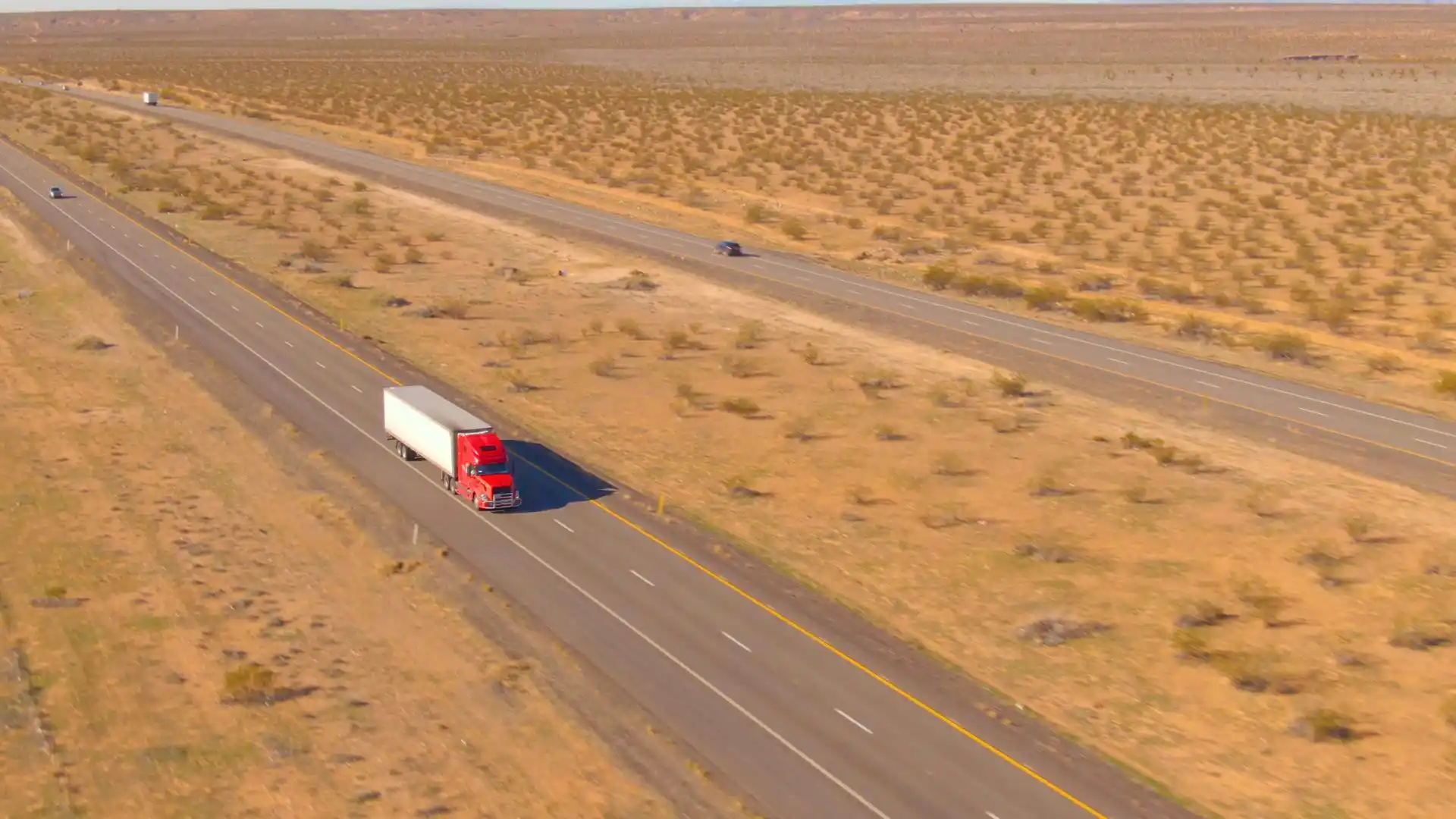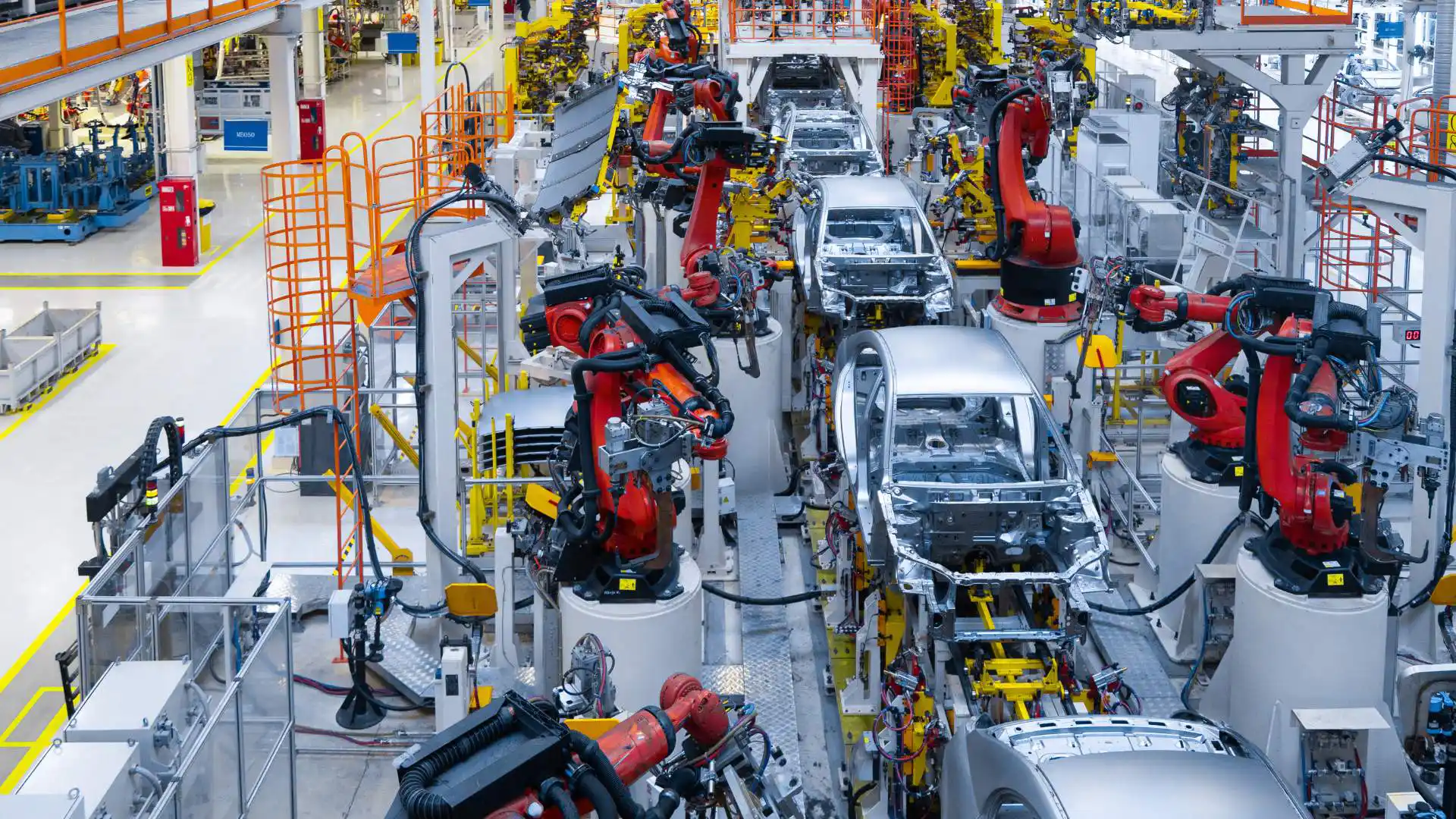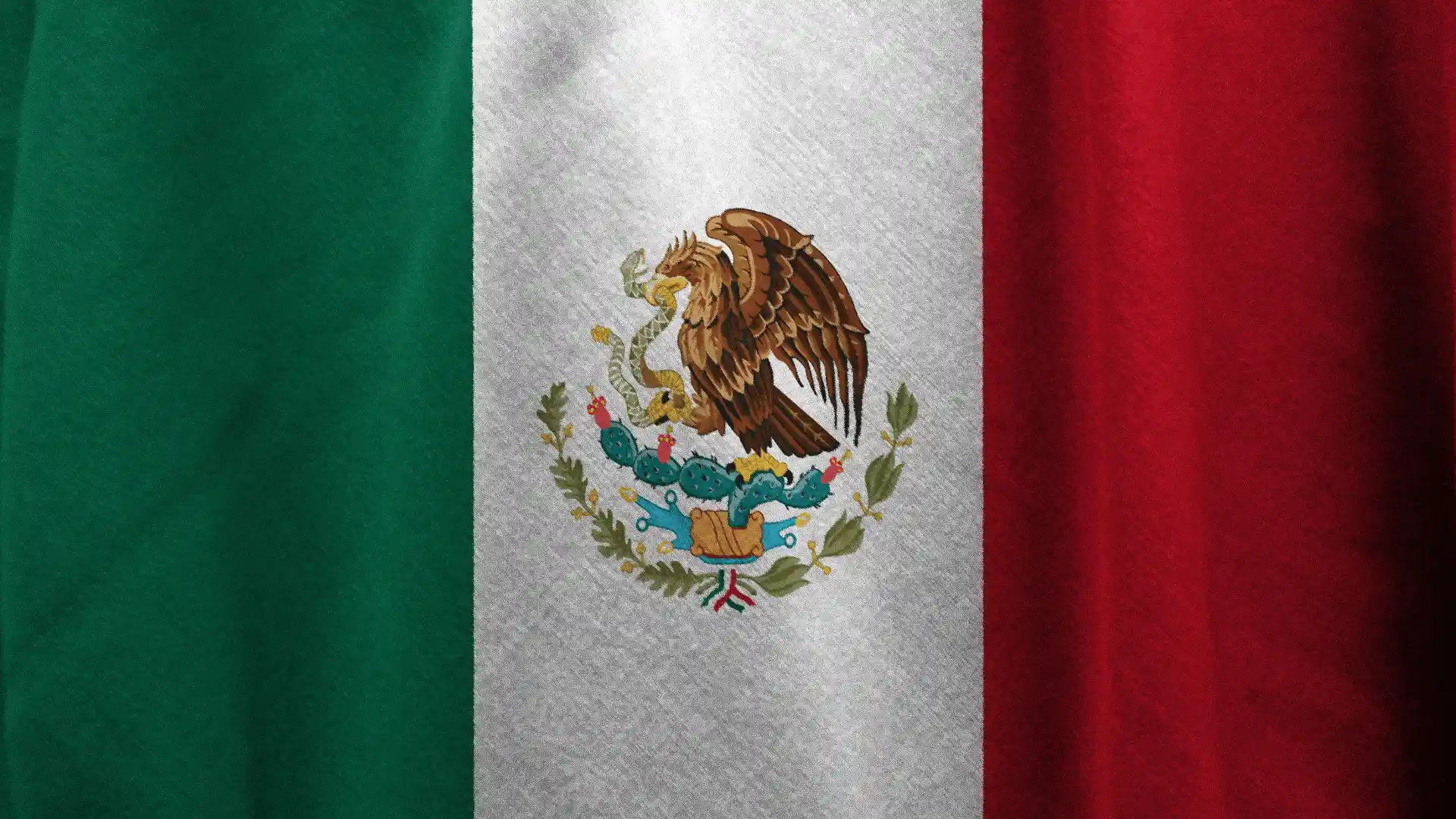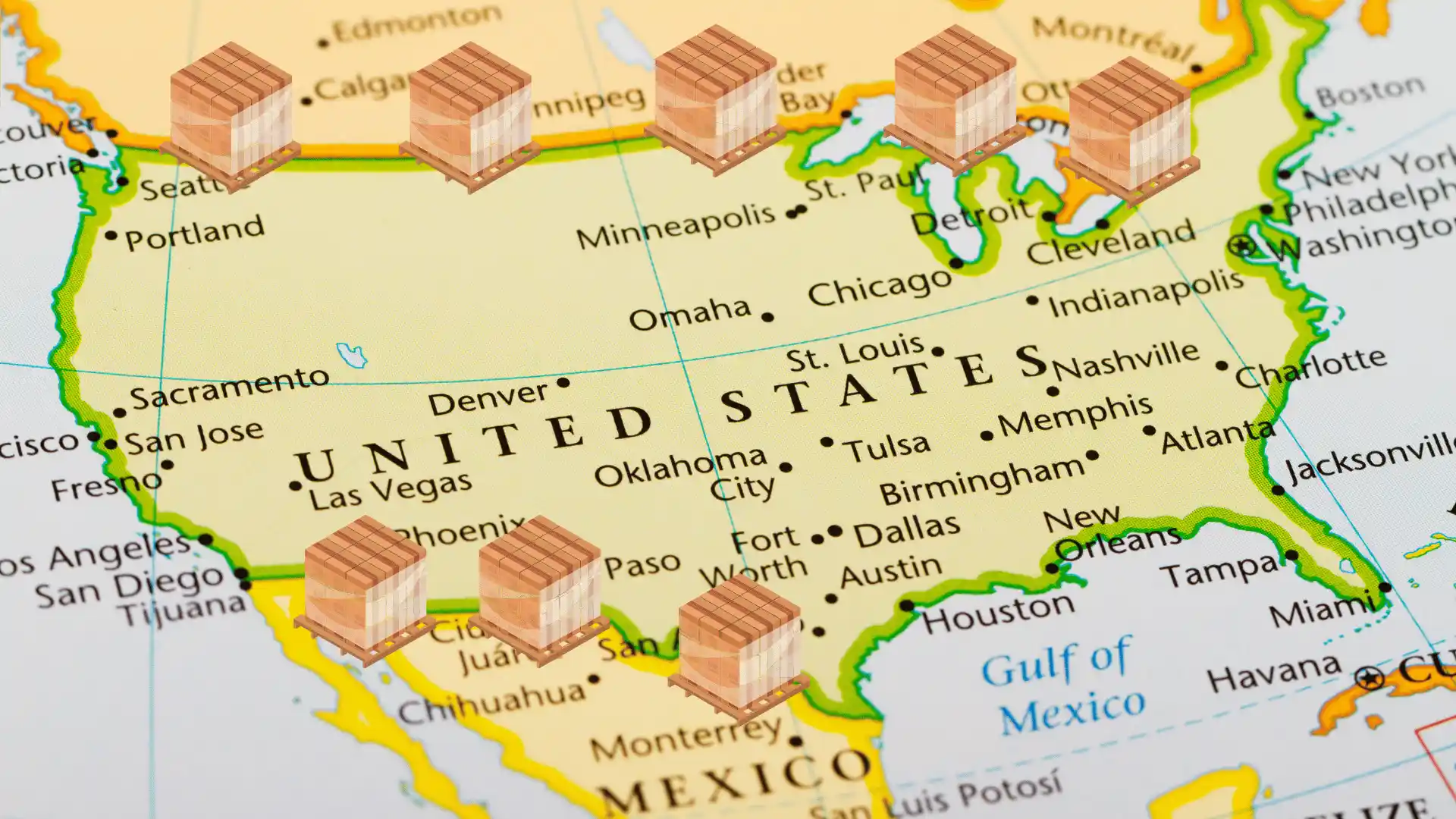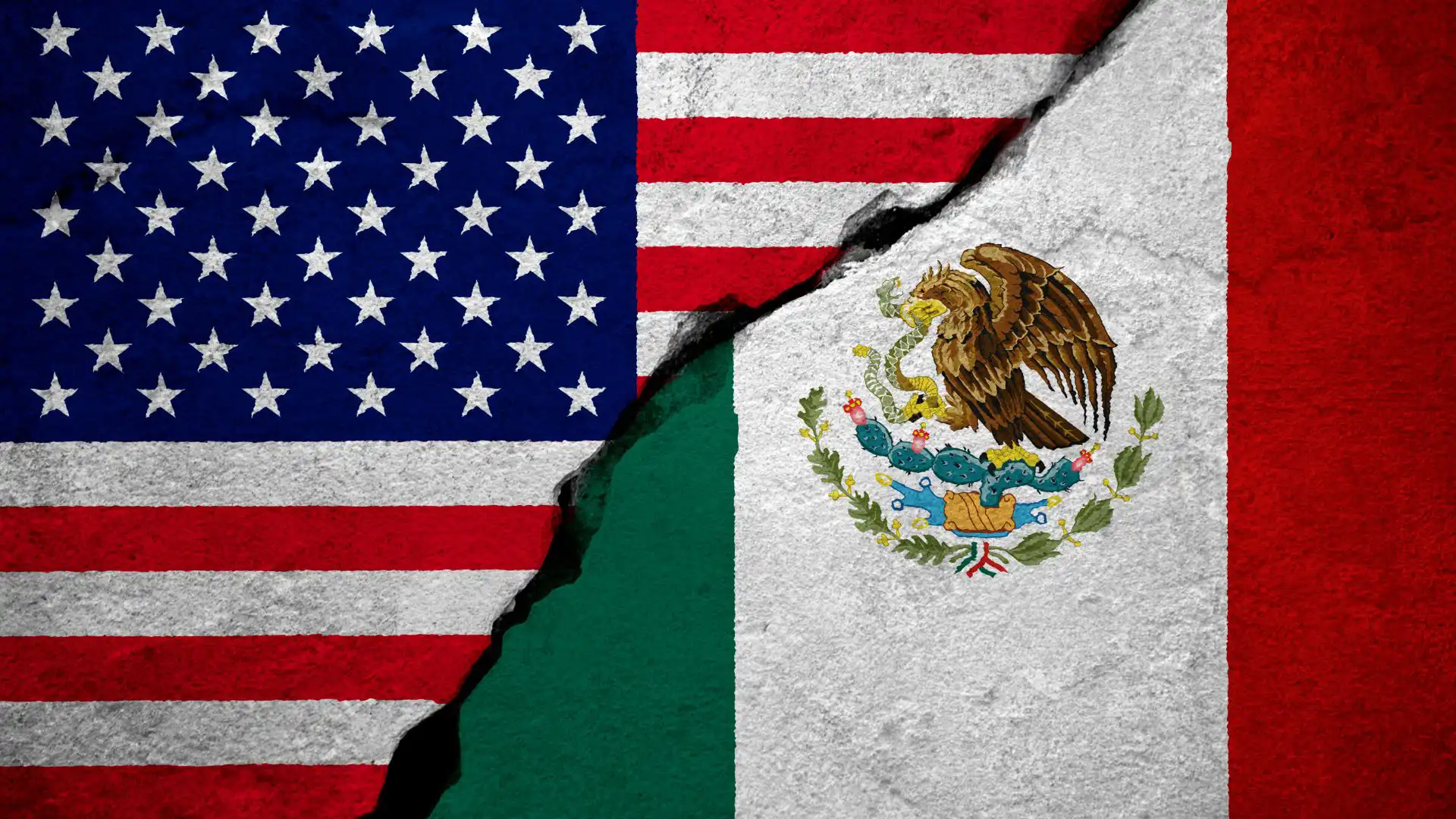Averitt developed a secure, full-service logistics solution for a global spirits manufacturer to safely transport high-value tequila shipments from Zapopan, Jalisco, in Guadalajara, Mexico, into Texas and Kentucky.
5 min read
Secure Cross-Border Logistics Solutions for High-Value Shipments
By Point To Point on October, 6 2025
Topics: Mexico Case Study Cross-Border Supply Chain Strategy
26 min read
Crossing Borders: Trade, Tariffs & Global Supply Chains
By Joe Greek on July, 14 2025
In today’s supply chain, international isn’t optional—it’s essential. Whether sourcing from Asia, nearshoring to Mexico, or establishing a China+1 procurement strategy, global supply chains are shifting fast. On this episode of Beyond Point to Point, we go beyond the headlines to unpack what’s really happening in international logistics.
From emerging sourcing regions to the tariff impacts driving change, we explore how shippers are adapting to new trade realities. Hear from Richard Egan (VP of International Solutions, Averitt) on long-term global strategy; Ed Habe (VP of Mexico Sales, Averitt) and Homero Gonzalez (General Director, Central de Fletes) on the evolving U.S.-Mexico freight dynamic; and licensed customs broker Kailoni Lawson (Integrated Operations Manager, Averitt) on why planning and compliance matter more than ever.
Watch the episode below to learn how the right partnerships—and the right questions—can help you future-proof your supply chain.
Topics: International PortSide Mexico Supply Chain Industry News Beyond Point to Point Supply Chain Strategy Canada
4 min read
Border Crackdown: What B-1 Visa Enforcement Means for Freight Across the U.S.
By Ed Habe on July, 1 2025
Over the past few weeks, cross-border transportation has entered a new phase of scrutiny—one that’s already beginning to reshape capacity, disrupt operations, and force some tough conversations in the logistics world.
Topics: Mexico Supply Chain Industry News Cross-Border
4 min read
How Averitt Is Driving Efficiency For Cross-Border Automotive Supply Chains
By Point To Point on February, 24 2025
The automotive industry relies on seamless logistics to keep production lines running smoothly. For one major automotive manufacturer, managing freight from over 30 vendors in Mexico to a production facility in Alabama presented significant challenges.
Topics: Mexico Case Study Supply Chain Truckload LTL Cross-Border
4 min read
Mexico’s New Tariff Era: What Shippers Need to Know in 2025
By Point To Point on January, 9 2025
In recent weeks, Mexico has implemented significant tariff and duty adjustments, catching many businesses off guard and triggering a wave of supply chain recalibration. The new measures include a 35% tariff on imported textiles and a 19% duty on goods shipped via courier services. According to Reuters, these changes aim to curb practices that exploit Mexico's trade advantages, particularly targeting e-commerce giants like Shein and Temu.
Topics: Mexico
13 min read
Simplifying Cross-Border Shipping: Best Practices and Solutions
By Point To Point on June, 24 2024
The implementation of the United States-Mexico-Canada Agreement (USMCA) in 2020 significantly reshaped economic relationships across North America. This modernized trade agreement replaced the North American Free Trade Agreement (NAFTA) and aimed to facilitate cross-border trade and investment among the three countries.
Topics: Freight Handling Mexico
6 min read
As Mexico Booms, Potential Challenges Loom
By Point To Point on May, 13 2024
Over the past four years, the North American supply chain has begun a transformation driven by numerous large-scale events. Whether it's revaluating the viability of overseas manufacturing hubs in once-trade-friendly territories or circumventing the Suez Canal, supply chain managers are constantly on red alert these days.






